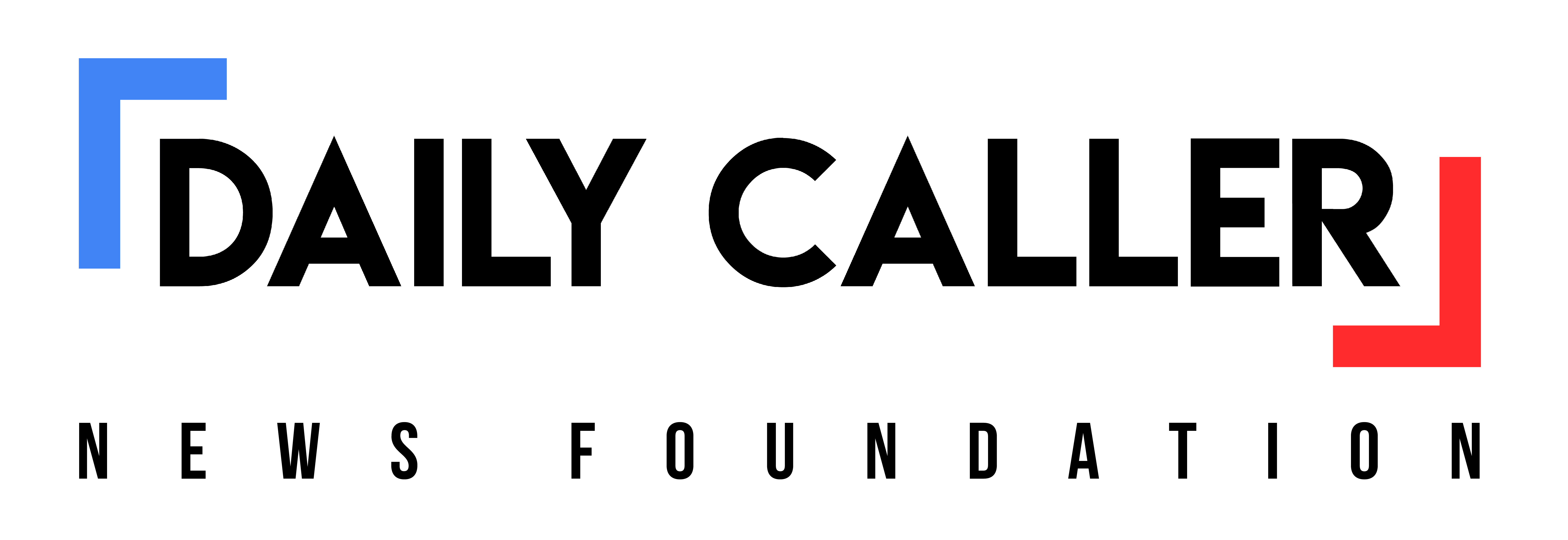Will Kessler on October 5, 2023
Mortgage rates have risen to their highest point since December 2000 as housing continues to become increasingly unaffordable, according to Freddie Mac.
The average for the 30-year fixed rate mortgage climbed to 7.49% for the week of Oct. 5, the highest point since December 2000, and up from 7.31% last week, while the 15-year fixed rate mortgage rose from 6.72% to 6.78% in that same time frame, according to a press release from mortgage giant Freddie Mac. The rise comes as housing is becoming increasingly unaffordable, with the price of a home in August being roughly $421,000, up from $382,000 in January, while the number of homes being sold for the month was down 17.7% compared to the same point in 2022.
“Mortgage rates maintained their upward trajectory as the 10-year Treasury yield, a key benchmark, climbed,” Sam Khater, chief economist at Freddie Mac, said in the press release. “Several factors, including shifts in inflation, the job market and uncertainty around the Federal Reserve’s next move, are contributing to the highest mortgage rates in a generation. Unsurprisingly, this is pulling back homebuyer demand.”
Mortgage demand is now at its lowest since 1995 as rates continues to skyrocket.
The average interest rate on 30-year mortgage just hit its highest since August 2000, at 7.88%.
Mortgage demand is even below the average levels seen in the 2008 crisis, as shown in red below.… pic.twitter.com/KzBH338xjK
— The Kobeissi Letter (@KobeissiLetter) October 5, 2023
As of Oct. 3, 10-year Treasury securities were being priced at 4.81%, up from around 1% when President Joe Biden first took office in January 2021, according to the Federal Reserve Bank of St. Louis. The rise in the price of Treasuries is also increasing the interest on the U.S. national debt, resulting in more Americans’ tax dollars going toward servicing debt.
The Federal Reserve has raised its federal funds rate 11 times since March 2022, bringing the rate to a range of 5.25% and 5.50%, driving up the price of Treasuries. The increases in the federal funds rate were put in place to combat inflation, which peaked at 9.1% in June 2022 but has remained elevated above the Fed’s 2% target, coming in at 3.7% in August.
Investors are betting that inflation could remain elevated for longer as the country enters a “high-pressure equilibrium,” indicating that the natural rate of inflation is higher than the typical 2%. A higher natural rate would encourage the Fed to keep rates higher for longer, which could sustain the high mortgage rates.

